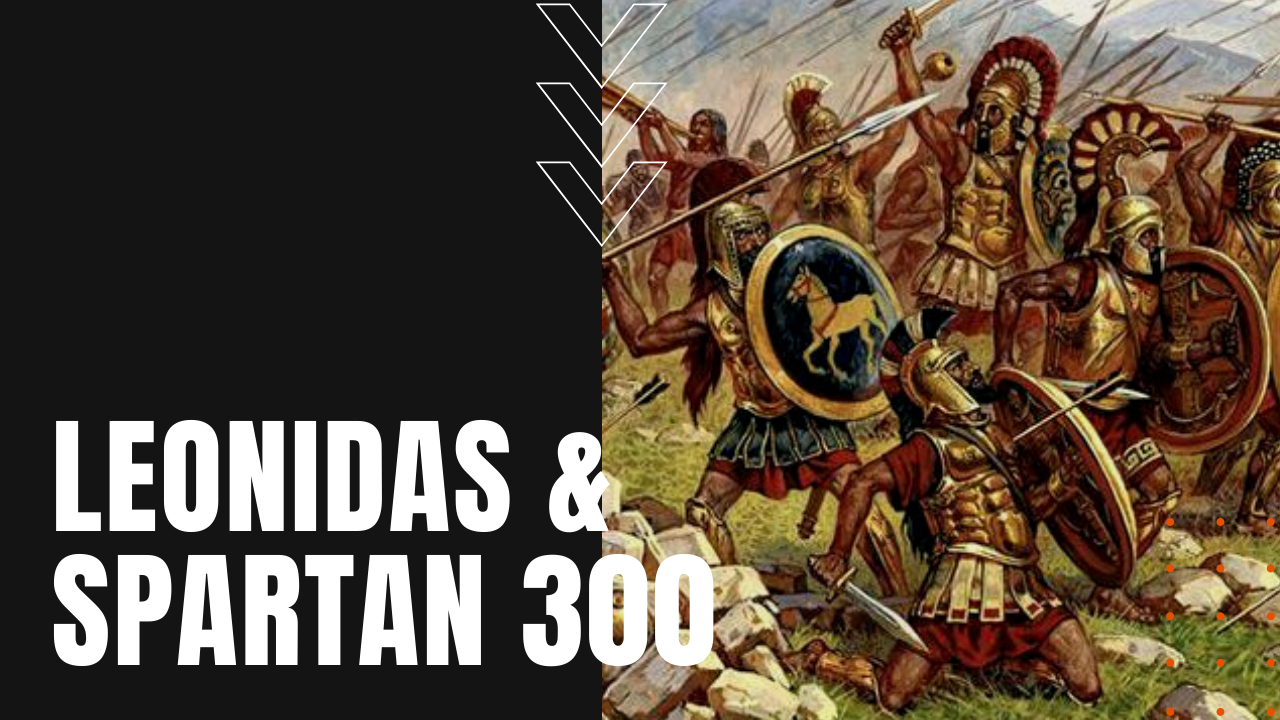Leonidas and the Spartan 300

King Leonidas
Trained as a hoplite warrior since childhood—the custom for all male citizens of Sparta—Leonidas became king when his older half-brother Cleomenes died under violent and suspicious circumstances in 490 BCE.
During his reign, Ancient Greece at the time was made up of hundreds of city-states, with Athens and Sparta vying for the two most powerful city-states in the land, and while Greek city-states frequently competed for land and resources, when it came to repelling foreign invaders, many of the most powerful city-states banded together for their mutual defense.
Persian Wars
During Leonidas’ lifetime, in 490 BCE, Persian King Darius attempted such an invasion during the First Persian War, when a combined Greek army repelled Persian invaders at the Battle of Marathon. Ten years later, Leonidas would lead a second Greek force during the Second Persian War, when Darius’ son Xerxes again pressed into Greece.
Battle of Thermopylae
Moving south along the east coast of Greece, Xerxes’ army moved in parallel with his Persian navy, prompting Leonidas’ 7000-man army—including 300 loyal Spartan hoplites—to position his forces at the coastal pass of Thermopylae, in an attempt to entrap and repel the advancing Persian force as they advanced on Athens.
During battle, hoplites employed round shields, spears and short iron swords, compacting into phalanx formations, which made for a wall of shields against an impending frontal attack. At first, Leonidas’ phalanx strategy worked well when the two opposing armies came together at the Battle of Thermopylae, where he and his men successfully withstood two days of determined attacks by Xerxes’ substantially larger army.
Leonidas’ strategy and geographic advantage ended, however, after a local Greek informed Xerxes about a back door route around the Thermopylae Pass, which allowed the Persians to attack the Greeks from behind.
Leonidas’ Spartan 300
Accepting that the Persians had successfully outmaneuvered his army, Leonidas sent much of his forces into retreat, while an elite corps of Spartans, Thespians and Thebans remained behind with a common will to fight to the death.
Surrounded by his loyal Spartan 300, Leonidas and his men subsequently perished at Thermopylae, forever cementing Leonidas into the hero-worshipping cult that became a Greek custom from the eighth century BCE onward. Considered intermediaries to ancient Greek gods, forty years after the Battle of Thermopylae, Spartan authorities exhumed Leonidas’ remains before building a shine in his honor, making Leonidas and the Spartan 300 a permanent chapter in ancient Greek folklore.
